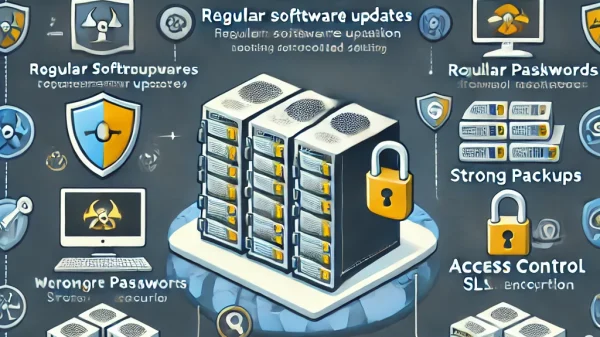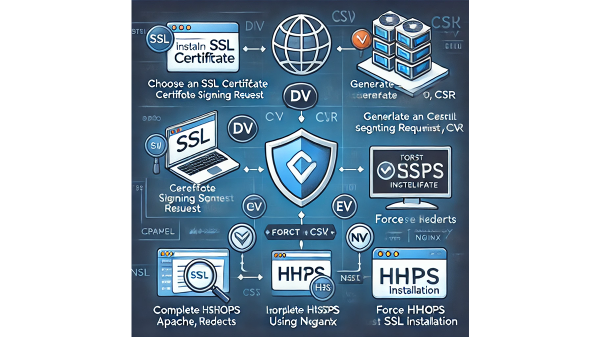Floods are among the most common and costly natural disasters in the world. Yet, many homeowners and renters overlook the importance of flood insurance, assuming their standard home or renters insurance policy will cover flood damage. Unfortunately, that’s not the case.
In this article, we’ll break down what flood insurance is, why you might need it, what it covers, and how to determine if it’s worth the investment.
| Category | What’s Covered | What’s NOT Covered |
|---|---|---|
| Building Structure | Walls, flooring, foundation, electrical & plumbing systems | Fences, landscaping, swimming pools, decks |
| Personal Belongings | Furniture, electronics, clothing, appliances | Jewelry, cash, important documents (limited coverage) |
| Temporary Living Expenses | Not covered | Hotel stays, rental homes while repairs are made |
| Basement Items | Essential systems (furnace, water heater, electrical panel) | Finished basements, flooring, personal belongings |
What Is Flood Insurance?
Flood insurance is a separate policy designed to cover damage caused by flooding, which is typically excluded from standard homeowners and renters insurance. In the U.S., it’s often provided through the National Flood Insurance Program (NFIP), but private insurers also offer coverage.
Do You Really Need Flood Insurance?
Many people assume they don’t need flood insurance unless they live in a high-risk area. However, floods can happen anywhere. Here’s why you should consider getting a policy:
1. Homeowners Insurance Does NOT Cover Flood Damage
A standard homeowners insurance policy doesn’t cover water damage caused by natural flooding. If your home is damaged in a flood, you’ll be paying out-of-pocket for repairs unless you have flood insurance.
2. Flooding Can Happen Anywhere
Even if you don’t live near a river or coastline, heavy rain, hurricanes, and melting snow can lead to unexpected flooding. Over 25% of flood claims come from low- to moderate-risk areas.
3. Federal Disaster Assistance Isn’t Guaranteed
Some homeowners assume the government will step in after a flood. However, federal assistance is only available if the president declares a disaster, and it typically comes in the form of loans that must be repaid.
4. Flood Damage Is Expensive
Just one inch of water can cause up to $25,000 in damage to a home. Without insurance, you may struggle to cover repair costs.
5. Mortgage Lenders May Require It
If you live in a high-risk flood zone, your mortgage lender may require you to purchase flood insurance.
What Does Flood Insurance Cover?
A standard flood insurance policy covers two main areas:
✅ Building Coverage – Protects the structure of your home, including walls, flooring, electrical systems, and foundation.
✅ Personal Property Coverage – Covers furniture, clothing, electronics, and other belongings damaged by flooding.
🔹 What’s NOT Covered?
- Temporary housing costs (hotels, rental homes)
- Damage caused by mold or sewer backups
- Landscaping, decks, patios, and swimming pools
How Much Does Flood Insurance Cost?
The cost of flood insurance depends on:
- Your location & flood zone risk
- The amount of coverage you need
- Your home’s structure & elevation
On average, flood insurance costs $700–$1,200 per year, but rates are much lower in low-risk areas.
How to Determine If You Need Flood Insurance
Ask yourself these questions:
🔹 Do I live in a flood-prone area? (Check FEMA’s flood maps)
🔹 Can I afford to repair my home out-of-pocket?
🔹 Is my home near a river, lake, or coast?
🔹 Do I have a basement or low-lying property?
If you answered yes to any of these, flood insurance is worth considering.
Final Thoughts
Floods can be unpredictable and costly, but flood insurance provides financial protection when disaster strikes. Even if you live in a low-risk area, one severe storm could lead to thousands of dollars in damages. Considering the risks, having flood insurance is a smart investment in your home’s future.
Don’t wait until it’s too late! Research policies today and stay protected. 🌊🏠














